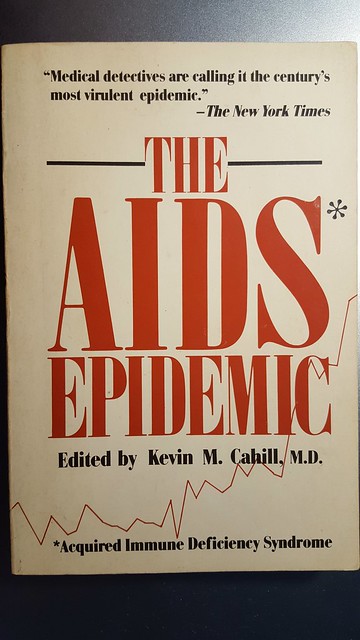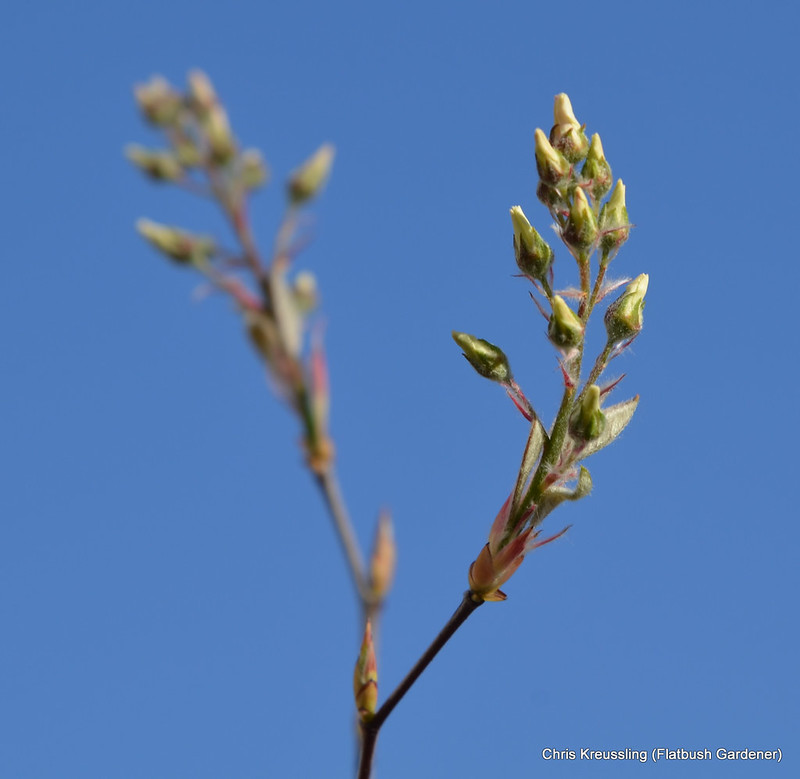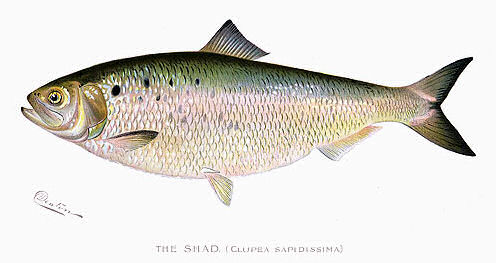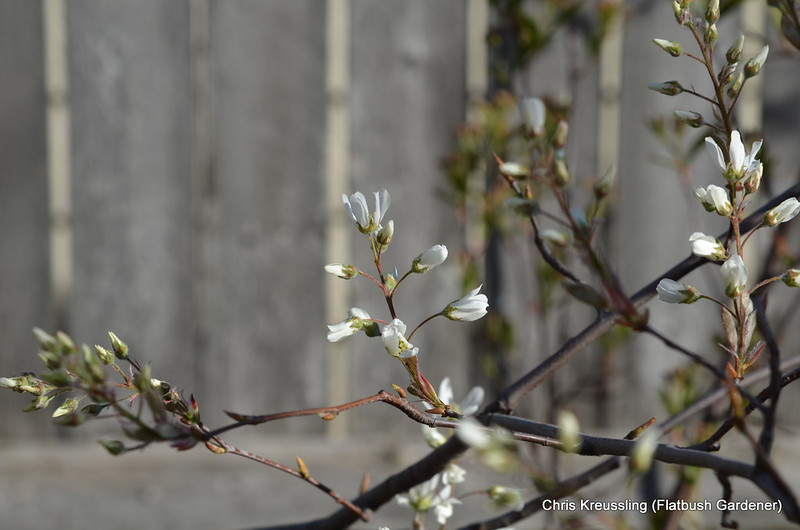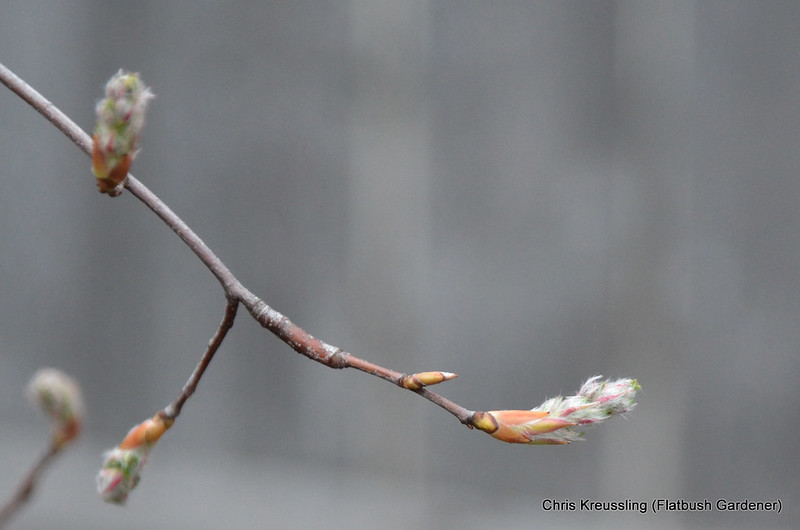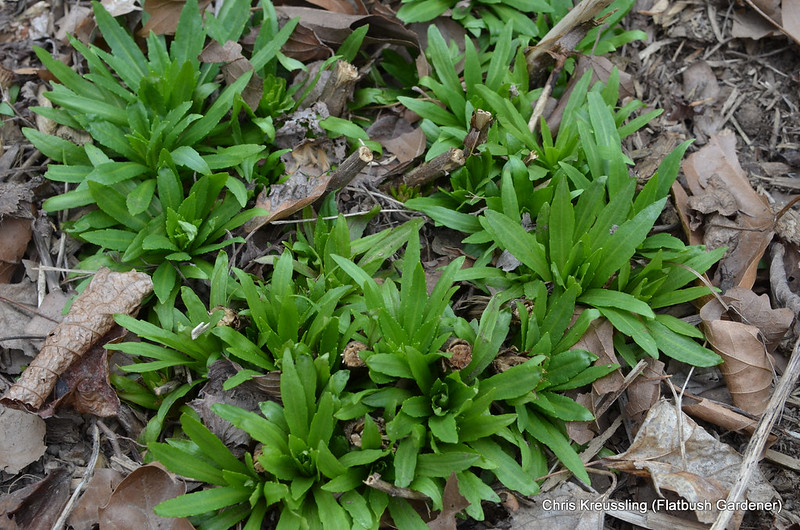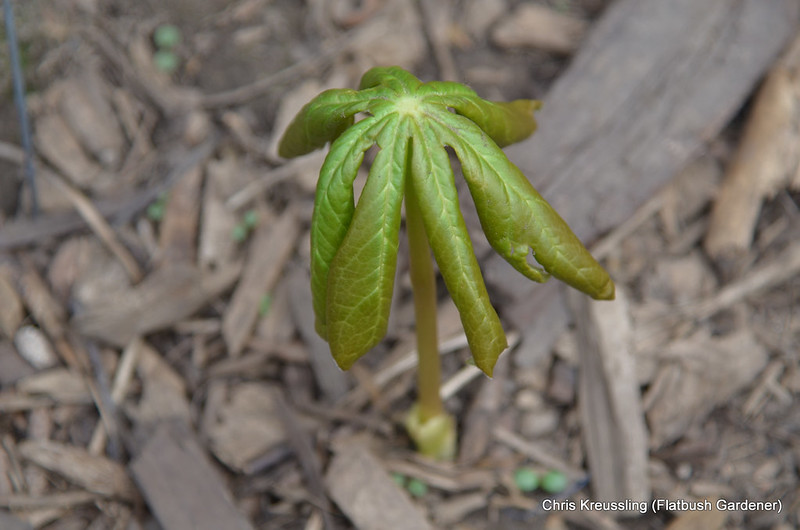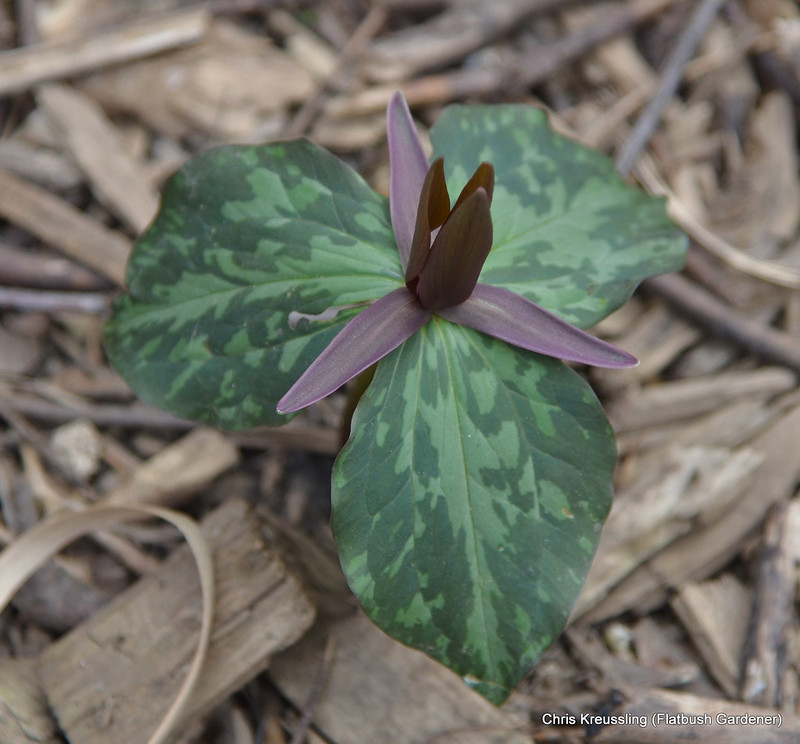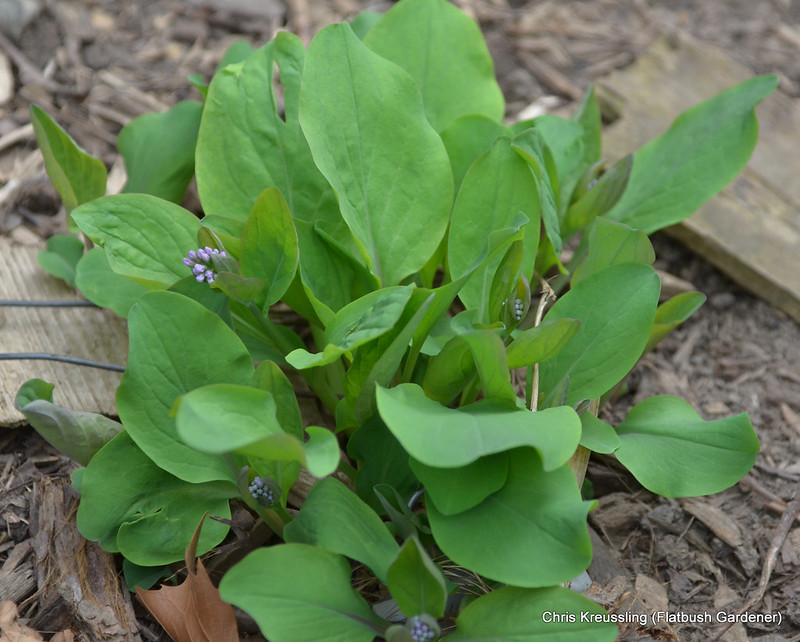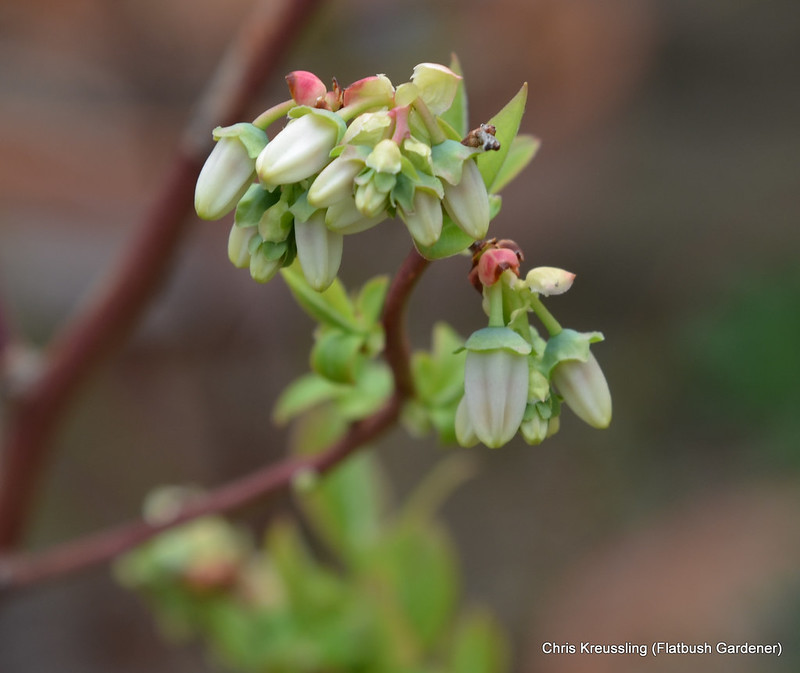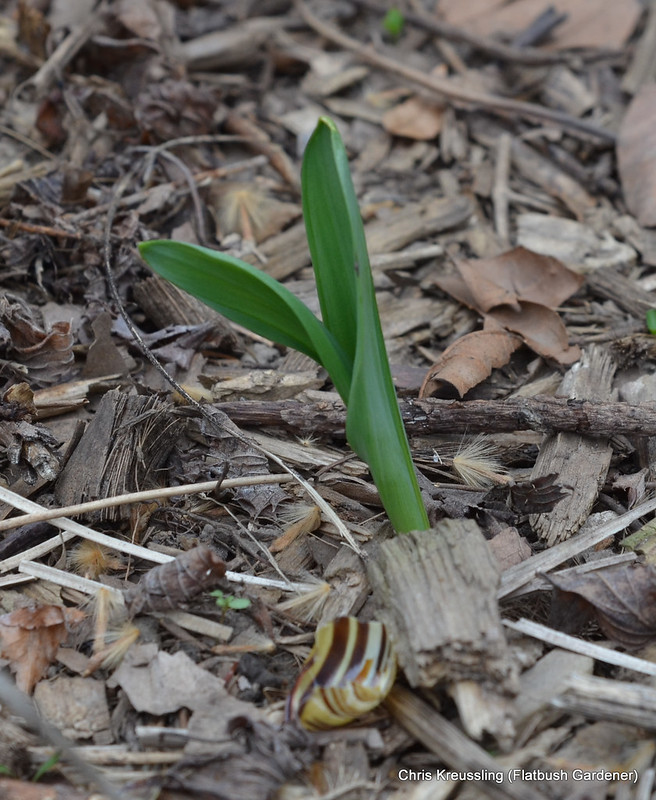The Campus Road Garden is holding a press conference tomorrow, March 25, at 12 noon. Yesterday they discovered the site had been flagged for demolition. They have invited Brooklyn College Administration to attend tomorrow's conference.

Press Release
Press conference at Campus Road Community Garden, Brooklyn College
Primary Contact: Madeline Nelson, Community Gardener (718)-421-1814 or (917)-538-7505
Secondary Contact: Tara Mulqueen, Brooklyn College Student, (646)-546-4564
March 25, 12:00 pm
Garden supporters will announce next steps in campaign to save the garden, and invite Brooklyn College’s administration to explain their intentions and timing
Flatbush, Brooklyn, March 24, 2010
The morning after many students, faculty and community members had taken part in a spring celebration and planting party at the Campus Road Community Garden, they discovered that Brooklyn College had planted stakes and twine demarcating its planned demolition of 3/4 of the existing garden, to be replaced by parking for 20 cars. The stakes make clear that under the college’s current plan, most of the trees and all of the common area of the 14-year-old garden would be destroyed.
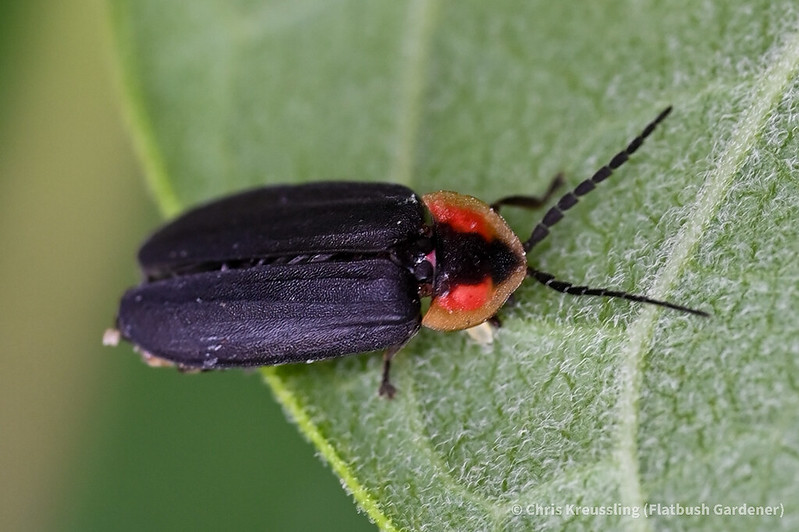

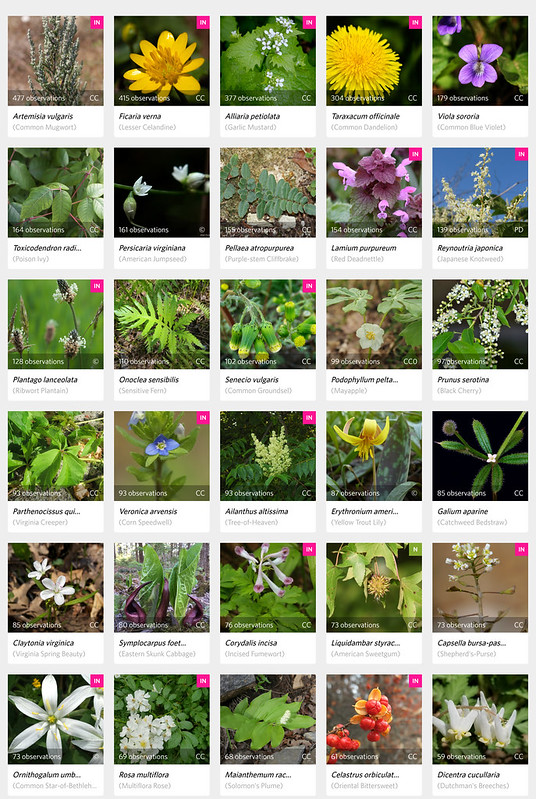

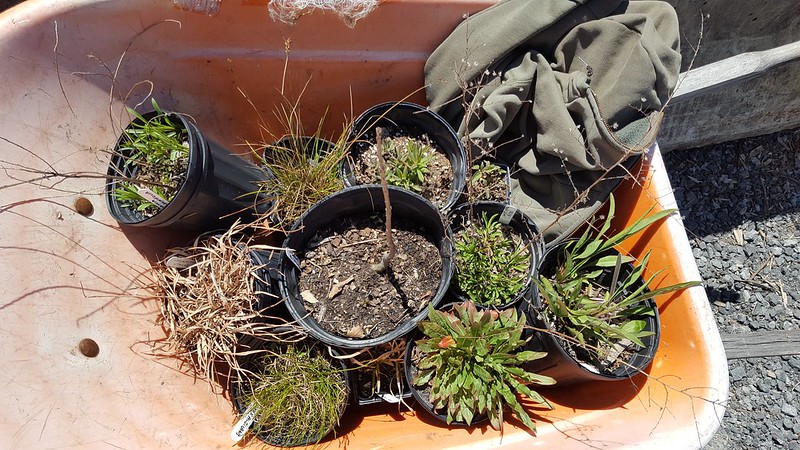

.jpg)
